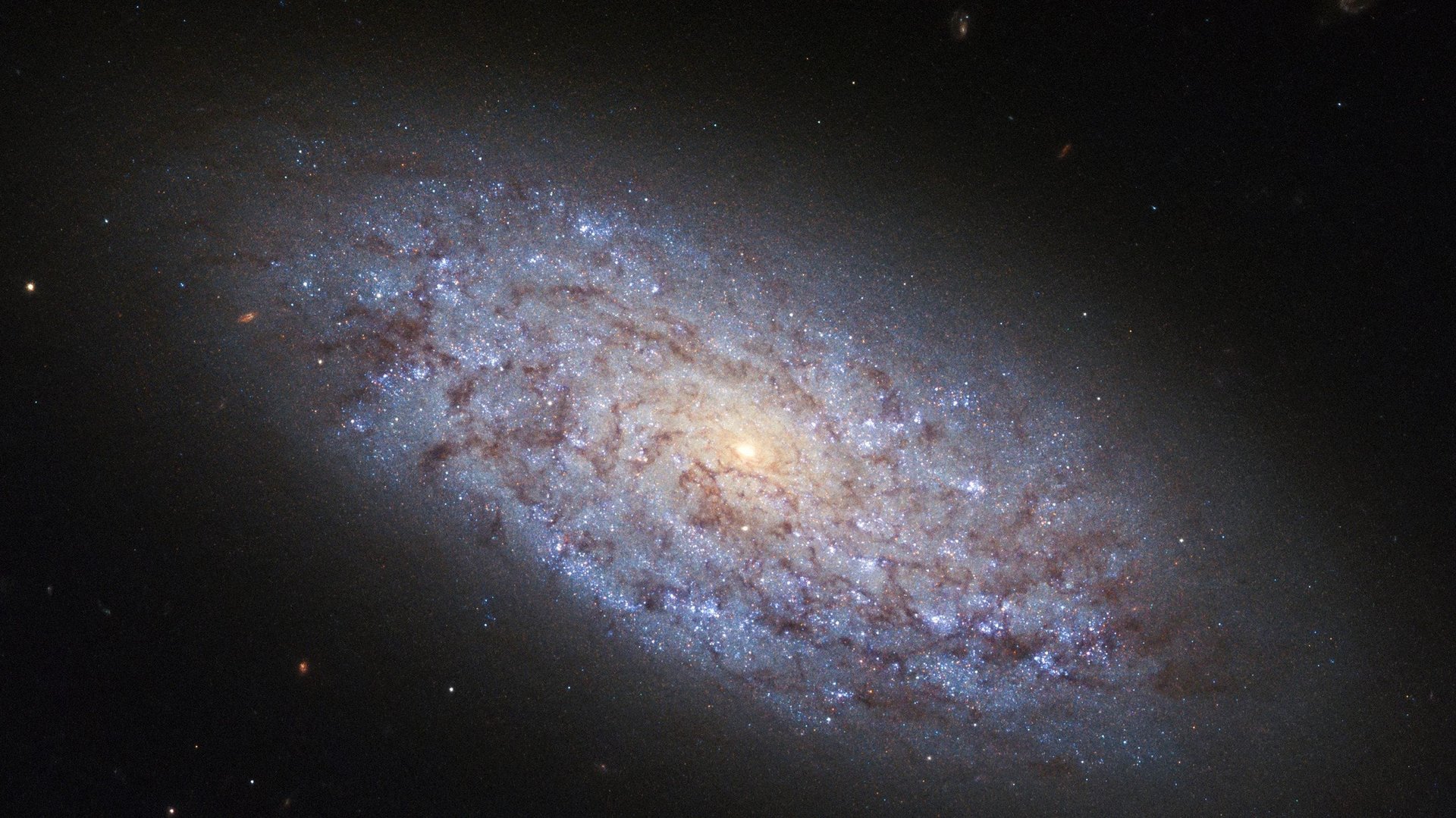The latest in a new generation of giant telescopes broke ground this week
Space is hot.


Space is hot.
Thanks to new rockets built by the private sector and the remarkable discovery of evidence of water on Mars, space flight and exploration are receiving more attention now than they have in decades. Soon, it won’t just be Earth’s immediate neighborhood in the news, either.
Construction began this week on the Giant Magellan Telescope in Chile, a mammoth, $1 billion project designed to see to the very edge of the universe. The telescope, scheduled to begin operation in 2024, will have an array of seven enormous mirrors totaling 80 feet in diameter, giving it 10 times the precision of the Hubble telescope. Among its advances is technology to help it correct for the distorting effect of Earth’s atmosphere by using software to make hundreds of adjustments per second to its array of secondary mirrors.
The project’s architects, a consortium of universities and institutions in the US, Korea, and Australia, chose to build in Chile’s Atacama desert for its clear, dry skies. Astronomers will use the Magellan Telescope to study the origins of elements and the birth of stars and galaxies, and to examine planets that have been identified as potentially harboring life.
The Giant Magellan Telescope is but one of several gigantic new telescopes expected to begin operation in the next decade. Also in Chile, the aptly-named European Extremely Large Telescope—a project funded by 15 European countries—will search the sky with a mirror 40 meters in diameter. In Hawaii, a team of American, Canadian, Japanese, Chinese, and Indian institutions are planning the very literally named Thirty Meter Telescope (it has, of course, a 30-meter diameter) for atop Mauna Kea, although local objections to its placement have stalled its progress.
And in 2021, NASA’s James Webb Space Telescope will launch. Intended to succeed the Hubble, the Webb won’t orbit Earth liked its predecessor. Instead, it will orbit the Sun, at a distance 1.5 million kilometers from Earth, 2,500 times farther from us than Hubble. In deep space, it will have the conditions necessary to find the universe’s most distant galaxies yet to be seen.
Correction: This post has been updated to correct the difference in the Hubble and the Webb telescopes relative distance from earth.